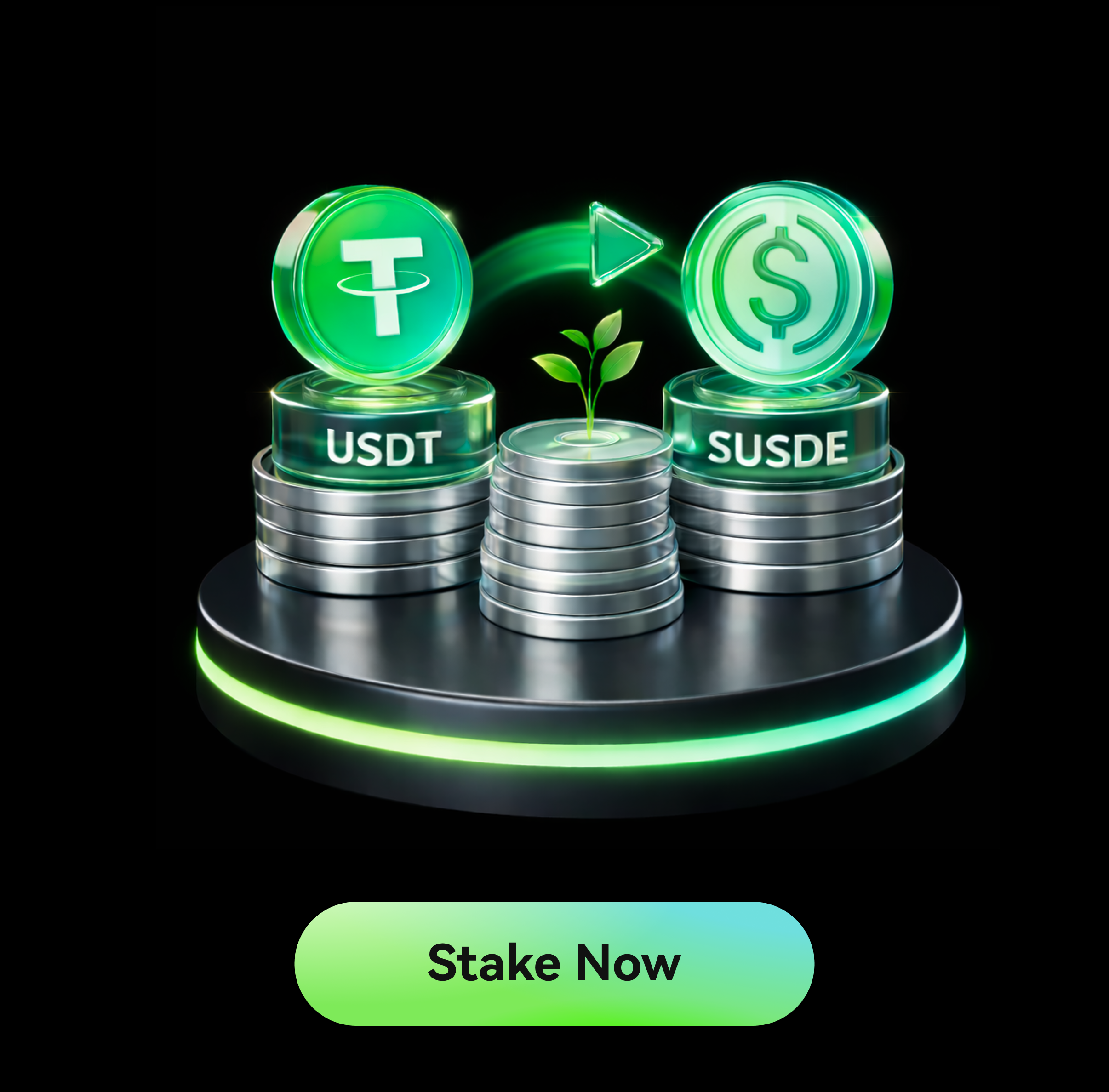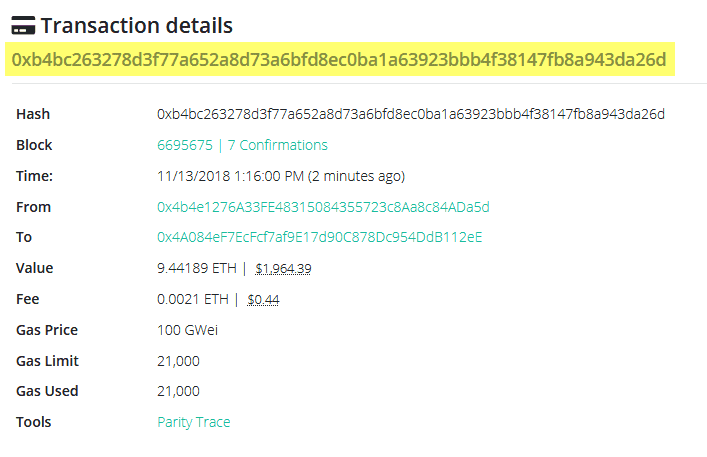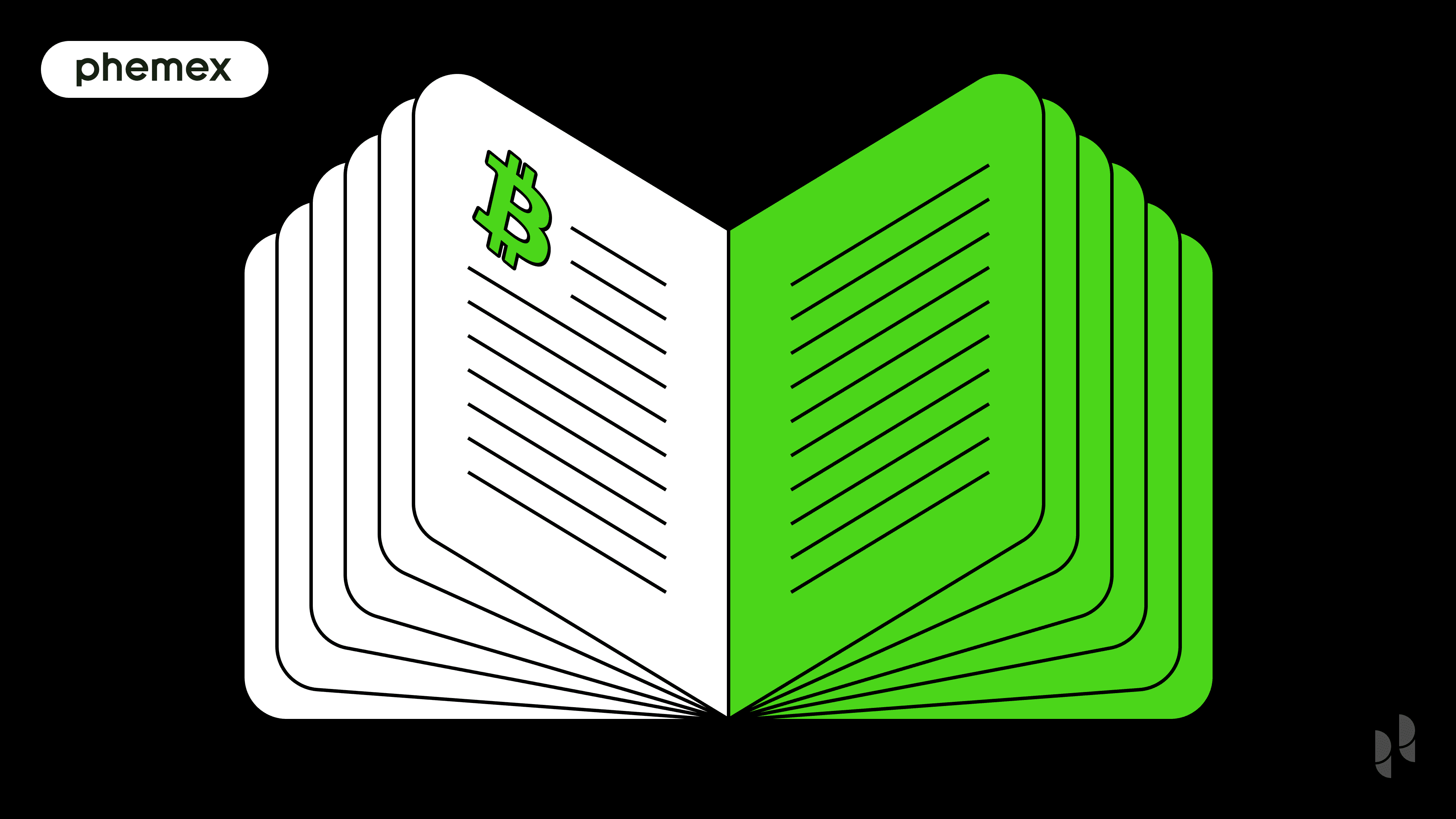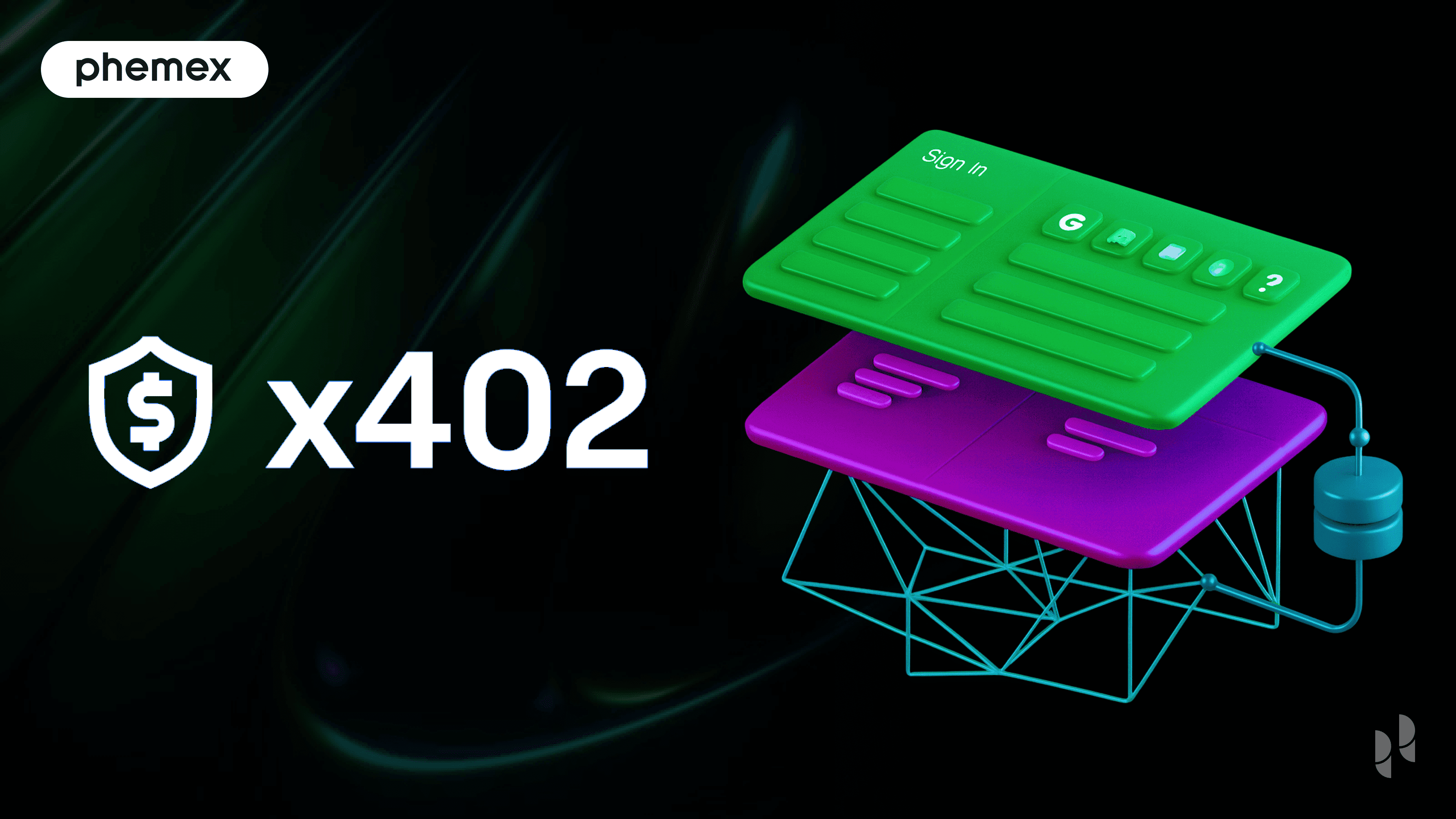In the world of blockchain and cryptocurrency, every transaction – whether you’re sending Bitcoin to a friend or swapping tokens on Ethereum – is identified by a unique code known as a TXID, short for Transaction ID. A TXID is essentially a fingerprint for a crypto transaction, allowing anyone to verify and trace that transaction on the blockchain’s public ledger. It’s a long string of letters and numbers (often 64 characters in hexadecimal format) that is generated whenever a transaction is executed. By 2025, as crypto usage has grown exponentially, understanding TXIDs and how to use them has become vital for both new and experienced users. They come into play when confirming transfers, tracking payments, resolving issues with deposits/withdrawals on exchanges like Phemex, and much more. In this article, we’ll demystify what a TXID is and why it matters. We’ll cover how TXIDs are formed on major blockchains like Bitcoin and Ethereum, how to find and use a TXID to track your transactions across different chains, and what to do if you can’t find a TXID or if it’s missing from a transaction.
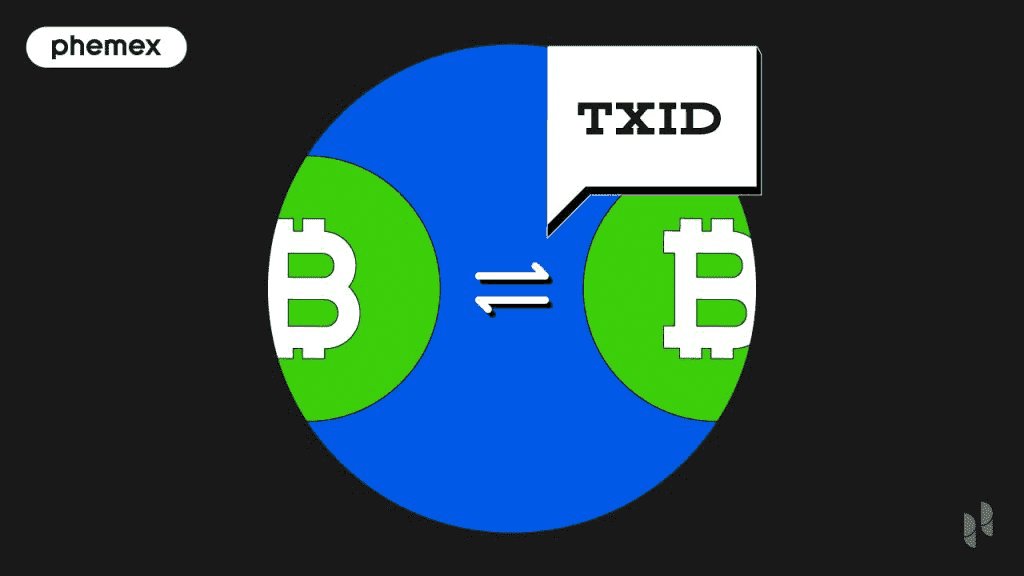
What Is the Meaning of TXIDs?
A blockchain is made of blocks, which are in turn made of multiple transactions. If a user wants to identify when a crypto transaction was made on the blockchain, they need a TXID.
Blockchain transactions are immutable to prevent censorship and create a trustless system. Therefore, TXIDs serve as definite proof that funds were spent. The records are embedded on the blockchain permanently and cannot be erased. If a crypto exchange like Phemex needs confirmation of a missing deposit or a withdrawal, a public TXID can help retrieve the funds.
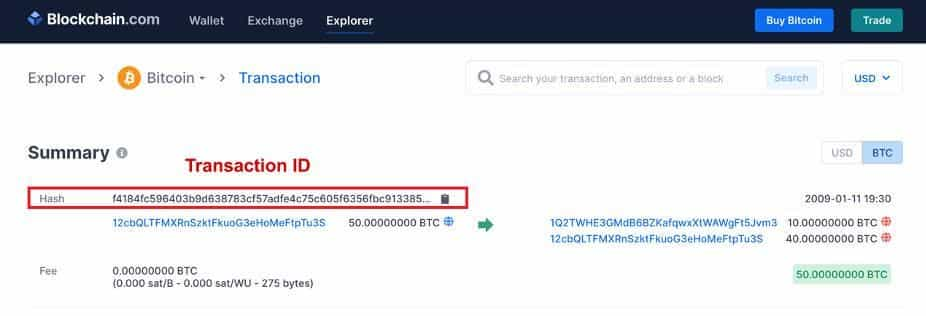
Some cryptos do not have TXIDs. These are anonymous cryptos such as Monero and ZCash that don’t keep transaction records and keep payment data/balances hidden for privacy purposes. On Bitcoin and Ethereum, users can easily see all transactions that occurred publicly through block explorers. Block explorers show all transactions on the blockchain in real time and allow users to view crypto balances. The most used explorer for Bitcoin is Blockchain.com, and for Ethereum it’s Etherscan.
TXIDs on Bitcoin and Ethereum both contain 64 characters that can be any random variation of letters and numbers. The TXID is not the same as a wallet address (despite having a similar encoding style), but merely a record of a certain transaction that occurred on the blockchain.
What Was the First TXID?
The first record of a TXID on Bitcoin occurred in 2009:
This 64-character transaction hash represents the first Bitcoin transaction, when Bitcoin founder Satoshi Nakamoto sent 50 BTC to his friend as a test in 2009. This TXID can still be seen on the blockchain. All miners who start mining Bitcoin have to download the entire blockchain, keeping records of every single transaction from the beginning of Bitcoin until now.
Another example of a historic transaction ID is the famous 2010 pizza transaction:
This transaction was the first record of Bitcoin being used as a form of payment — over 10,000 BTC for two pizzas. The value at the time (May 2010) was $40, and the current value is close to $700 million.
What Are Bitcoin TXIDs?
Ever since the first transactions occurred in 2009, Bitcoin TXIDs have been 64-character IDs that represent a hash string. The 64 characters represent a SHA-256 encryption output, as all Bitcoin transactions use SHA-256 encryption. This encryption method is based on cryptographic hash functions invented and codified by the US National Security Agency (NSA) in 2001 called “SHA-2.”
The 64-character output is actually smaller than the original hashed value. According to SHA-2 guidelines, a cryptographic hash that is 256 bits long can be converted to a 64-character output. However, all Bitcoin data must be hashed twice.
Let’s say we start with 256-bit array of bytes. Once these bytes are double-hashed using SHA-256, they produce the following 64-character output:
4A5E1E4BAAB89F3A32518A88C31BC87F618F76673E2CC77AB2127B7AFDEDA33B
The original hashed values are not random — they all specify details about the transaction. The first 8 characters specify the version of Bitcoin, then 4 characters for the flag, then 2 characters for the transaction count, and so on. Ultimately, a user ends up with a single transaction ID.
If a user wanted to make adjustments to the standard transaction hash and include Bitcoin smart contracts such as time locks or multi-sig transactions, they could do this at an extra cost.
Similar or identical hashing techniques are used by all popular blockchains in the world. Ethereum uses the same form of encryption as Bitcoin, and all Ethereum transaction IDs also have 64 characters because they use SHA-265 encryption.
The hash can also include a personal message that can be decoded. Users have to add the following command to their transaction:
OP_RETURN {80 bytes of whatever data you want}
In the Bitcoin genesis block, Satoshi Nakamoto encoded the following message: “”The Times 03/Jan/2009 Chancellor on brink of second bailout for banks” in reference to the rationale of creating cryptocurrencies to counter centralized financial institutions.
That message was contained in the following 64 character hash (TXID):
0e3e2357e806b6cdb1f70b54c3a3a17b6714ee1f0e68bebb44a74b1efd512098
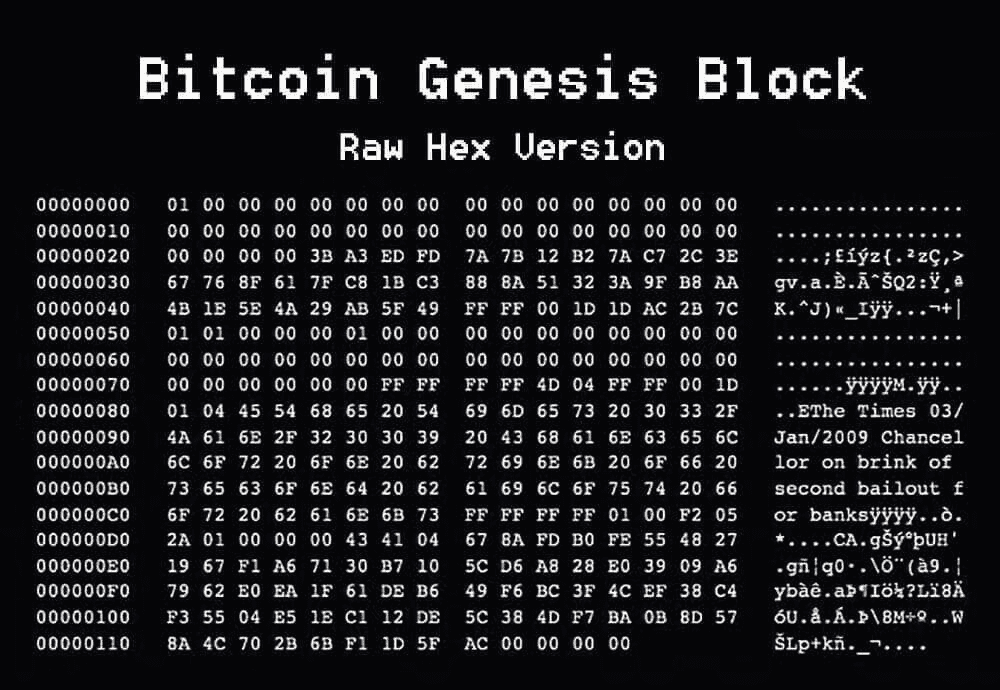
What Are Ethereum TXIDs?
Ethereum TXIDs have 64 characters, the same as on Bitcoin. Each transaction on Ethereum has a fee, and this fee is credited to either miners or stakers on ETH 2.0. Ethereum uses so-called “gas fees” to transfer value on the blockchain.
Etherscan provides a detailed overview of every transaction and smart contract executed on the Ethereum blockchain. For each block you click on or search for, you will find a list of transactions that were executed in it.
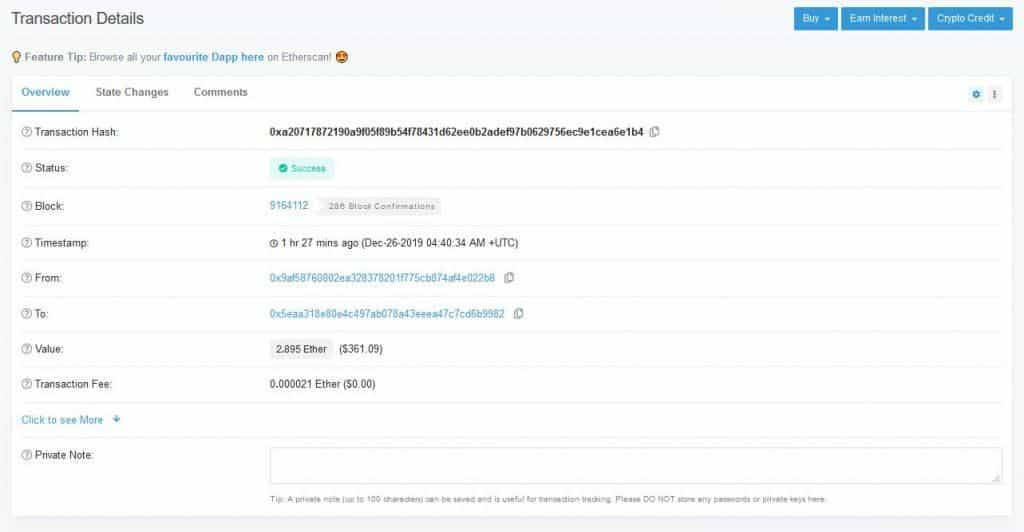
Each Ethereum transaction has a unique transaction ID (hash code). The transaction hash contains details such as:
-
Recipient address: The address that received the Ethereum or other token.
-
Value: The amount of Ethereum or tokens received. This is denominated in “wei,” a fraction of an ETH.
How to Find and Track a Crypto Transaction ID
Understanding a TXID is essential for tracking transactions. Here’s how to find and use it:
Finding a TXID:
-
From Your Wallet: Most wallets display the TXID after sending a transaction. For example, in MetaMask, you can view it in the activity tab after sending.
-
On Crypto Exchanges: If you withdraw crypto, exchanges like Phemex provide the TXID in your withdrawal history (Assets -> Withdrawal History).
-
Block Explorers: If you don't have the TXID, you can search by address or amount on explorers like Etherscan.
-
Multi-Chain Explorers: Tools like blockchair.com allow searching across multiple blockchains by entering an address or TXID, though specific explorers are better for detailed info.
Tracking a Transaction:
-
Identify the Right Explorer: Use the appropriate explorer for the blockchain (e.g., Etherscan for Ethereum).
-
Enter the TXID: Paste the TXID in the search bar and view the transaction details.
-
Interpret the Details: Look for:
-
Status: Unconfirmed/Pending or Confirmed/Success.
-
Number of Confirmations: Blocks mined on top of it.
-
Timestamp: When it was mined.
-
From/To Addresses: Sender and recipient addresses.
-
Amount: Total sent and any outputs.
-
Transaction Fee: Fee paid for the transaction.
-
Block Height: The block number it was included in.
-
TXID (Hash): The hash you searched for.
-
-
Tracking Progress: If unconfirmed, monitor updates and wait for confirmations.
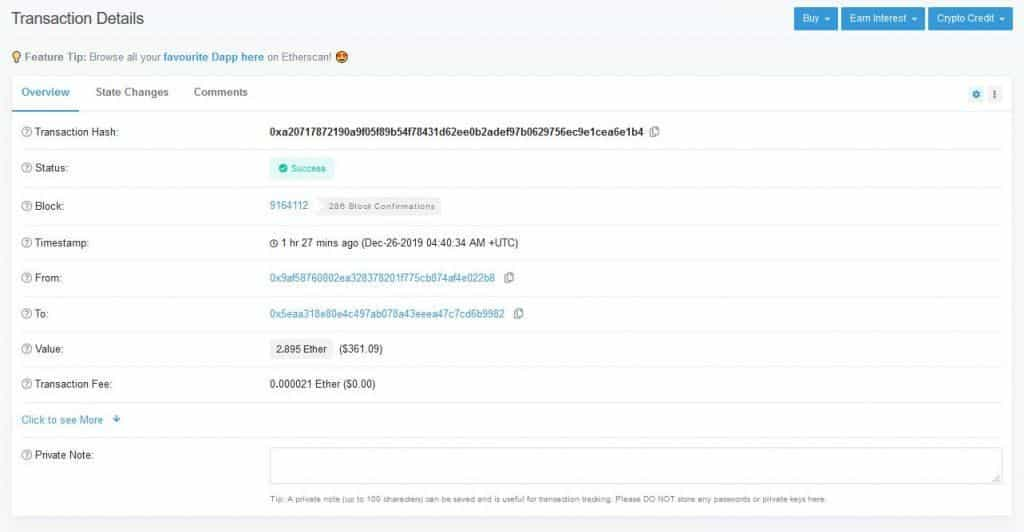
What To Do If a TXID Is Missing or You Can’t Find Your Transaction
One common issue crypto users encounter is a “missing transaction” – whether a deposit, withdrawal, or transfer between wallets hasn’t appeared. Here’s how to troubleshoot using TXIDs:
Scenario 1: Withdrawing from an exchange with no TXID.
If a withdrawal hasn’t produced a TXID after a while, the exchange may not have processed it yet, possibly due to low funds in their hot wallet or network congestion. Contact the exchange’s support with details (currency, amount, address, time) to check the status.
Scenario 2: TXID exists, but not showing in the receiver’s account.
This can occur if:
-
The transaction is unconfirmed.
-
The transaction used a different network than expected.
-
The deposit address is incorrect.
For network issues with multi-chain assets, check the TXID on the intended chain. If it’s on the wrong chain, recovery may be complex, although some exchanges might assist. For unconfirmed transactions, wait or use fee bumping to expedite.
Scenario 3: TXID confirmed on-chain, but not acknowledged by the wallet/exchange.
For personal wallets, ensure it’s updated or rescan. For exchanges, provide TXID to support for manual crediting.
Scenario 4: Lost TXID.
Check your wallet’s transaction history or use a block explorer with the address. If sent from an exchange, check your email or contact support.
Scenario 5: Transaction failed.
If a TXID shows “Failed,” your funds likely didn’t move, and you’d typically get them back. For failed deposits, you would need to resend, and for withdrawals, the amount may be refunded by the platform.
What Are Block Explorers for TXIDs?
Bitcoin and Ethereum aren’t the only blockchains whose TXIDs can be viewed through a block explorer. Other top L1 (layer one) blockchains have their own block explorers, such as the following:
-
Solana (SOL): Solana Explorer
-
Cardano (ADA): Cardano Blockchain Explorer
-
Polkadot (DOT): Polkascan
-
Dogecoin (DOGE): DogeChain
-
Avalanche (AVAX): Avalanche Explorer
To search a transaction ID on each one of these explorers, paste the transaction you got from Phemex in the search bar and the details of your deposit/withdrawal will appear.
How Do TXIDs Benefit Blockchains?
Besides providing proof that funds were spent on the blockchain, TXIDs carry valuable information about all transactions that occurred during the chain’s history. These 64-character hashes can be used to verify the integrity of the data being passed for future block creation/mining.
The core idea of a blockchain is to create an immutable and trustless ledger for payments. Immutable means that it can’t be tampered with and/or reversed. If a user double-encrypts a transaction, they get a certain hash/TXID that is immutable as long as the blockchain continues. This guarantees censorship resistance and removes the trust aspect, allowing people to spend their money without worrying about it being stolen or frozen like it could in a bank. It also means that TXID’s/hashes will be searchable on one of the block explorers listed above even 10 years later.
Does Phemex Use TXIDs?
Every withdrawal and deposit on Phemex has a transaction ID that you can locate by browsing your asset history. If you visit the “Assets” section of your account and click “Withdraw”, you can enter “Recent History” to find records of all TXIDs for past withdrawals.
If you withdraw Bitcoin, Ethereum, or other major crypto tokens, the transaction is broadcasted on block explorers, where you can see how it landed in your new wallet. All transactions require a certain number of confirmations to be credited. The minimum is 3 confirmations for Bitcoin and 50 confirmations for Ethereum.
It’s impossible to recover funds accidentally sent to the wrong address, but if you deposit crypto to your deposit address and it’s not credited in your balance, the TXID can save you. Simply search a block explorer for the corresponding TXID, and if it matches the deposit address on your account, Phemex will credit you the balance you deposited.
Benefits of Understanding TXIDs for Users
Why should you, as a crypto user in 2025, care about TXIDs beyond just “some nerdy detail”? Because it empowers you to independently verify and troubleshoot transactions without solely relying on third parties. A few closing benefits:
-
Transparency & Trust: Blockchain is about “don’t trust, verify.” A TXID lets you verify that a payment was indeed sent and confirmed. No need to trust someone’s word if they say “I paid you” – ask for the TXID and see for yourself.
-
Problem Solving: You can solve many common problems (like missing funds, wrong network, etc.) just by examining TXIDs and transaction details, often faster than support teams can respond.
-
Education: Following transactions via TXIDs teaches you how blockchain works under the hood – which can only make you a more informed investor or trader. For instance, seeing how a simple Uniswap trade on Ethereum generates a flurry of token transfers and contract calls viewable via TXID on Etherscan can give insight into DeFi workings.
-
Security Awareness: By tracking TXIDs, you might notice if you have some suspicious activity (if someone compromises your wallet, you’d see unknown TXIDs). Early detection can sometimes help (though usually once funds are out, it’s hard to get back, but at least you know what happened).
-
Historical Record: You can bookmark or save TXIDs for significant transactions (like the TXID of when you first bought a whole BTC or when you minted an NFT). They serve as a bit of digital history that you can always go back and view.
In conclusion, TXIDs (Transaction IDs) are fundamental to how blockchain transactions are organized and verified. They are the bridge between the human-understandable world of transactions and the blockchain’s way of recording it. As crypto continues to expand and becomes more multi-chain and complex, the ability to find and interpret TXIDs remains an essential skill for anyone interacting with digital assets.
Conclusion
Most cryptos, from established players like Bitcoin to memecoins like Dogecoin, use an ID made of 64 unique characters to identify each transaction. As part of the blockchain, these transactions can never be erased, and their transaction IDs will also remain in the records for as long as the blockchain is alive. Many blockchains have their own block explorers, where all transaction IDs can be viewed publicly.
Every time a user on Phemex deposits or withdraws crypto, they are allocated a transaction ID for that particular transaction, which can be traced on the blockchain. Using a TXID, Phemex support can retrieve a lost deposit if it wasn’t picked up by the automated deposit system.
The bottom line is that transaction IDs are imperative for the functioning of the blockchain ecosystem, and support some of blockchain technology’s most valuable advantages, from transparency to censorship resistance.
For any inquiries contact us at support@phemex.com
Trade crypto on the go: Download for iOS | Download for Android
Phemex | Break Through, Break Free
Read More
- What is Cryptocurrency & How It Differs From Digital Cash
- Blockchain Analytics: 11 Free Crypto Research Tools You Need
- Why Does Bitcoin Have Value?
- What is Bitcoin Transaction: Components, Verification and Privacy
- What is Know Your Customer (KYC) and how does it work in Crypto?
- How To Trade Crypto: The Ultimate Investing Guide
- What Are the Blockchain Layers? Layer 3 vs. Layer 2 vs. Layer 1 Crypto
- What is Bitcoin: World’s Largest “Group Project”


